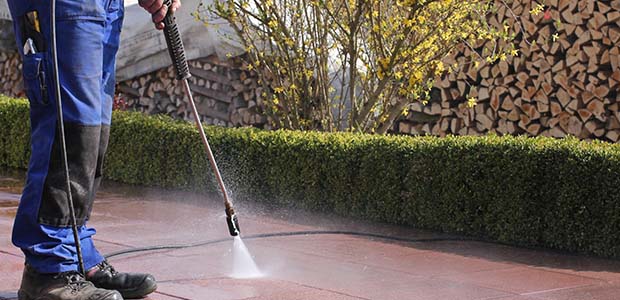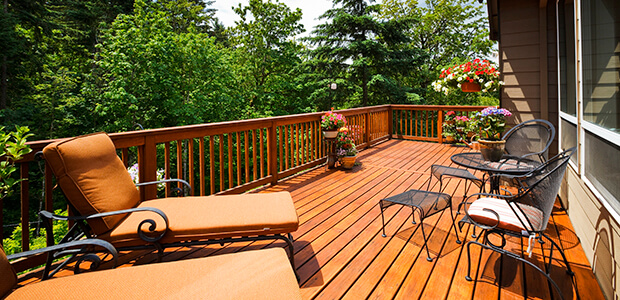7 Signs Your Siding Needs Attention
Your siding is usually the only thing standing between the elements outside and your interior drywall and insulation. Each board works together as a complete system with nails, caulk, and a painted finish to keep out moisture and protect your home.
Often, homeowners can’t tell how much hidden damage has occurred until the siding is physically removed so they are able to see how much wood rot exists on the frame of their home due to years of moisture penetration behind the siding. But, there are some signs to watch out for that damage might be happening behind the siding’s façade.
Find Top-Rated Siding Pros
Search Now1. Overall Deterioration and Aging
Siding will show its age differently depending on the type of material it is made from and how that material has been maintained. Vinyl will suffer from solar weathering, while wood can rot or warp, and older Masonite-type composite siding can crack at the edges and start to deteriorate, letting water in.
In any case, signs of damage will show as wavy, warped, or uneven spots in the siding. Even HardiePlank siding can show aging if it is improperly installed. Any siding that is wavy, uneven, buckling, has gaps, or is shifting will need to be replaced.
2. Nails
Are the heads exposed, rusty, or missing? If your nails have popped out, this means your siding has experienced some sort of movement, or has been expanding and contracting. Rusty nails can signify moisture damage over time and can leave streaks down your siding. Ideally, siding should be installed using stainless steel nails. Of course, if any nails are completely missing, your siding is in danger of falling off or blowing away in a strong wind storm.
3. Seams and Caulk
Siding should be caulked at all vertical seams and joints. Over time, caulk can shrink, crack, or slowly wear away. If seams have shifted and boards look uneven, your siding system will fail. Your siding should look almost seamless (with no vertical lines at the butt joints) if it is caulked correctly.
4. Paint
Other than just looking nice, doing upkeep on your siding’s paint could be key to its survival. Depending on the quality of paint and number of coats, paint can last as little as two years on wood siding or up to 25 years on HardiePlank siding. Vinyl siding should never need to be painted, but it can fade and requires special paint and care if you decide to update the color.
5. Insects or Other Pests
Termites can destroy wood siding, although they won’t touch HardiePlank or vinyl siding. Your siding may need to be replaced if rodents or other pests have been able to find their way in and live between your interior walls and exterior siding.
6. Rot or Mold
If moisture is able to enter through your siding, it has failed. Sometimes homeowners will see mold on their interior drywall, other times they don’t know it is happening at all or can only smell that something is musty. Wood rot can be hidden the same way.
7. Water Stains
Signs of water runoff that start and stop suddenly will signal that water may be entering the siding and affecting the interior of the home. Water stains show up as discoloration or streaking on the siding.
To inspect your own siding for these issues, you can use binoculars or take pictures of it with a digital camera that has a good zoom on it. At that point, you can assess whether your exterior just needs a little TLC or if it’s time to fully update your siding to protect your home.


 6 Tips to Pressure
6 Tips to Pressure Which Siding
Which Siding Driveways
Driveways 4 Tips to the
4 Tips to the